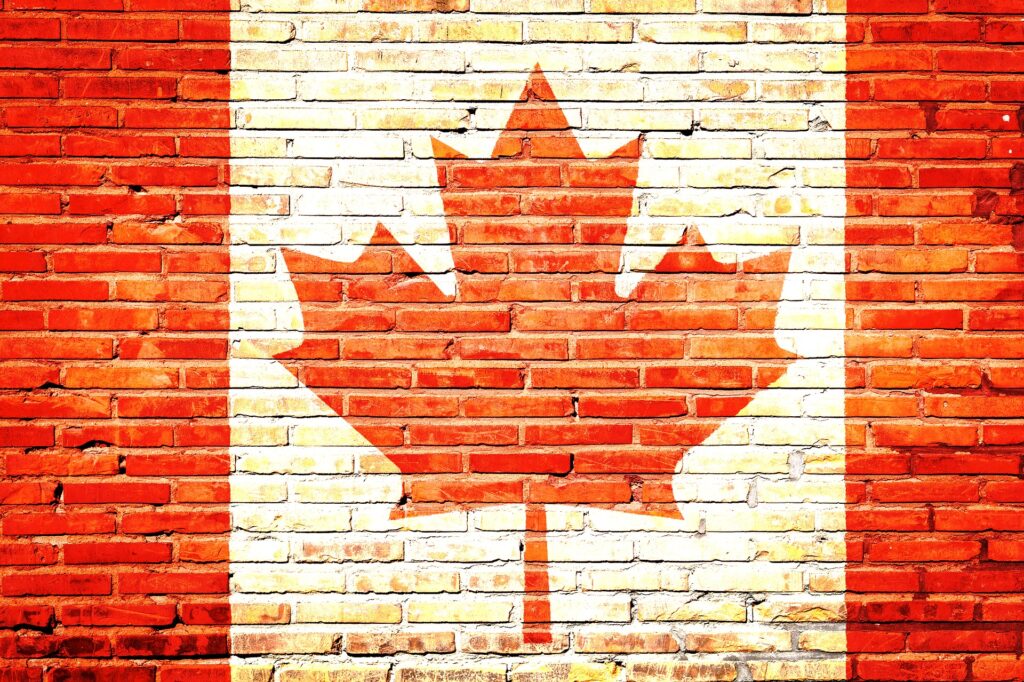Whether you’re immigrating to, studying, or working in Canada, opening a bank account will help you ease into your new life and routine.
To help you open a Canadian bank account quickly and easily, we’ve outlined the general requirements and steps you’ll need to take. This guide is written especially for non-residents, foreign workers, international students, and emigrants.
Documents You Need to Open a Canadian Bank Account
Most people who move to Canada will need to go in person to a bank or financial institution in order to open an account. There are online options available, but choices aren’t as plentiful and depending on your residency status, not available to everyone.
In any case, you’ll need to provide acceptable forms of identification depending on whether you’re a temporary worker, international student, or permanent resident.
If you have a bank account in your home country and it has a presence in Canada, you may be able to open one more easily, but that’s not guaranteed.
When providing identification, you must bring the original document, and typically two different types of ID. Make sure that papers are current and that your documents include your full name and the address of your new permanent residence in Canada.
In some cases, you may be able to have someone in good standing in your community or a financial institution in Canada confirm your identity.
Canadian financial institutions have different requirements as to how many and which types of documentation are needed.

The first option requires that you provide two of the following types of documentation:
- Valid Canadian driver’s licence;
- Canadian passport;
- Canadian-issued birth certificate;
- Canadian-issued Social Insurance Number (SIN) card;
- Certificate of Indian Status;
- Old Age Security card issued by the Government of Canada;
- Territorial or provincial health insurance card;
- Certification of Naturalization or Certification of Canadian Citizenship;
- ID issued by Department of Transportation and Infrastructure of the province of Prince Edward Island;
- ID issued by Department of Transportation of Northwest Territories;
- ID issued by Department of Community Government and Transportation of Nunavut;
- ID issued by Alberta Registries;
- ID issued by Service New Brunswick;
- ID issued by Service NL of the province of Newfoundland and Labrador;
- ID issued by Saskatchewan Government Insurance;
- ID issued by Insurance Corporation of British Columbia;
- ID issued by Department of Service Nova Scotia and Municipal Relations;
- Canadian permanent resident card; or
- Immigration papers (Immigration, Refugees and Citizenship Canada (IRCC) form IMM 1442, IMM 1000, IMM 5688 or IMM 5292).
As a second option, you can provide one piece of documentation from the list above and one from the list below:
- Current foreign passport;
- Canadian credit card issued in your name with a signature on it;
- Canadian employee ID card issued by a well-known employer with your photo;
- Bank or debit card with your name and signature;
- Employee ID card with your picture issued by an employer well-known in your area; or
- Client card from the Canadian National Institute for the Blind with your photo and signature.
Providing a Social Insurance Number
Financial institutions in Canada are required to ask for your SIN if you want to open an account that will earn interest, such as a high-yield savings account or a chequing account that earns interest. You also need to have an SIN to open an investment account.
That’s because there are laws that require financial institutions to give information stating how much interest or money you earned in your account each year to the Canada Revenue Agency.
However, if the financial institution wants to use your SIN for anything else, it needs your written consent.
If you don’t yet have a SIN, you’ll need to open a bank account that doesn’t earn interest. As always, confirm with the bank beforehand.
Opening a Bank Account in Canada
Now that you know the types of documents you need, it’s time to do some research.
Before contacting banks, think carefully about the features you want in an account. To keep things simple, let’s narrow it down to chequing and savings accounts. Both types allow you to receive and send money abroad, though individual features may be different.
For instance, some bank accounts won’t charge you when making ATM withdrawals, whereas others will limit the number of transactions you can make.
If you’re an international student and know that your parents will be sending you money on a regular basis, you’ll want to find a bank account that won’t charge high fees (or any at all) for incoming wires.
Or let’s say you want the option of using your debit card overseas. In that case, ask about what you’ll be charged for debit transactions abroad. The fewer foreign transaction fees you encounter, the better.
Sending money home?: How to Send Money to a Visa Debit Card from Canada
Questions to ask when researching bank accounts
- Is there a minimum balance?
- What are the account fees (monthly fees, out-of-network ATM fees, wire transfer fees)?
- For savings accounts, what is the interest rate?
- Do you offer unlimited transactions? If there are limits, what are they?
- What is the deposit required before the account opening?
Once you know what you’re looking for, call around to different banks. Generally, the major banks in Canada will have at least one or two options for foreigners, and permanent residents may have more options available.
The “big five” banks in Canada are:
- Toronto-Dominion Bank (TD)
- Royal Bank of Canada (RBC)
- Canadian Imperial Bank of Commerce (CIBC)
- Bank of Montreal
- Bank of Nova Scotia (Scotiabank)
Scotiabank operates a popular online-only bank called Tangerine, as well. Major international banks operate in Canada as well, of course, including HSBC
All that’s left to do is to go through the application process: providing your personal information, required documentation, and initial deposit amount (it’ll differ based on the financial institution you go with).
Afterwards, you can use your new bank account. Welcome to Canada!

Learn More
These articles will help you get settled in your life in Canada. Read about how to get the best exchange rates, about applying for your Canadian visa, and about building your credit history.
For information about opening a bank account in the United States, click here, and in the United Kingdom, go here. Moving to Australia? Here’s a guide to Australian bank accounts.